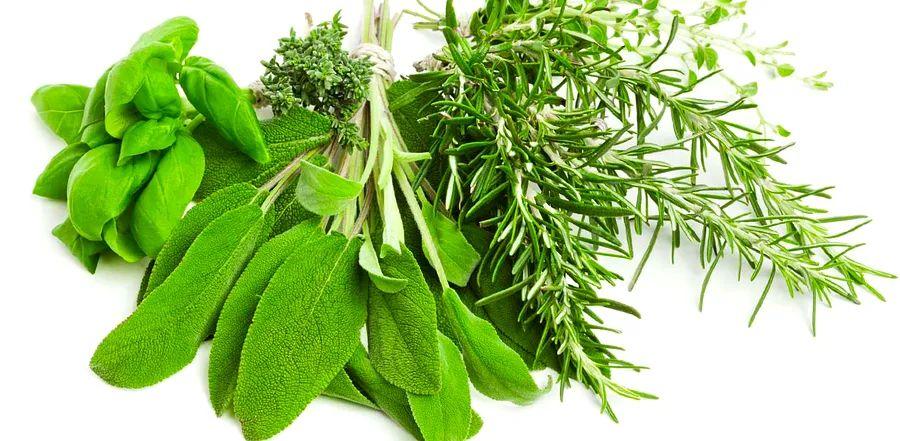8 Essential Sage Alternatives to Try This Holiday Season

While sage isn't as common during warmer months, it truly shines when the temperature drops. From savory dishes to sweet bakes, its distinctive aroma and flavor evoke warmth and comfort. However, with the seasonal demand, finding fresh sage in stores might become a challenge.
In case you're ever in a pinch, here are some sage substitutes to keep in mind for when this essential herb is out of reach.
What Does Sage Taste Like?
Sage's flavor is like a cozy blanket on a crisp fall day. Its earthy, woodsy, and pine-like notes are complemented by hints of eucalyptus, fresh mint, and a touch of vanilla sweetness. This complex flavor profile is unique and hard to match.
Top Sage Alternatives
Sage comes in fresh, dried, and powdered forms, so it's important to adjust quantities when swapping it out. Since sage has a bold flavor, too much can easily overwhelm a dish. A simple guide: one tablespoon of fresh sage equals one teaspoon of dried or half a teaspoon of powdered sage.
Marjoram
Marjoram might be a spice you often overlook, but it’s from the same mint family as sage. It offers a woodsy, citrusy taste with floral undertones. While it’s milder than sage, it’s a great substitute for replicating its flavor and aroma.
To use marjoram, add it at the end of cooking if powdered, or if using fresh, swap it directly for sage in your recipe at a 1:1 ratio.
Rosemary
Rosemary’s strong aroma makes it a natural alternative to sage. It’s available throughout the year, which is a bonus. However, too much rosemary can easily dominate a dish with its piney flavor. When substituting, use it sparingly at first—especially in chicken recipes or savory baked goods like scones or breads—and adjust as needed.

Find the full recipe: Savory Pumpkin Scones with Walnuts and Sage
Poultry Seasoning
This spice mix, which typically combines rosemary, marjoram, thyme, black pepper, and nutmeg, often contains sage. While it's not ideal for sweet treats like scones or pancakes, it’s a fantastic addition to savory dishes like glazed turkey, poultry, pork, stuffing, or sausage gravy. For every tablespoon of fresh sage in a recipe, use 1 teaspoon of poultry seasoning.
Italian Seasoning
Italian seasoning is another great blend that already contains sage, along with marjoram, basil, oregano, rosemary, and thyme. It works perfectly as a substitute for dried sage, especially in dishes like sausage hash.
Oregano
Oregano, whether fresh or dried, is another mint family member that brings a robust, earthy flavor with peppery undertones. It makes a strong substitute that holds up well during cooking. Use fresh oregano in dishes like compound butter or herb-grilled chicken, while dried oregano works wonderfully in hearty recipes like pot pie.
Thyme
Thyme, a close relative of mint, offers earthy, floral notes with a peppery kick. It’s ideal for savory, hearty dishes with earthy vegetables, such as mushroom risotto, roasted turkey, or breakfast sausage. For substitution, use fresh thyme in place of fresh sage or dried thyme for dried sage.
Savory
Savory is a spice that can be confusing, as its name sounds like a category, not an herb. It’s perfect for savory dishes like meatloaf. Summer savory can replace sage at a 1:1 ratio, while winter savory has a bolder flavor, so reduce the amount by half.
Bay Leaf
While bay leaves are technically edible, they should be removed before serving, as they’re tough and sharp. Use them as a last-minute option for slow-simmered dishes, but for faster-cooked meals, like roasted foods or gnocchi, choose something like oregano or thyme instead for a fresher taste.

1

2

3

4

5
Evaluation :
5/5